I'd like to make a 5.1 audio switch to enable my 5.1 audio system (+mic+headphones) to be available for any of the 4 computers it can be connected to.
So I guess I would have :
- INPUT : 4 (computers) x 5 cables (x2 wires (stereo) ?) - 5 cables are 3 for the 5.1 audio, 1 for microphone, 1 for headphone
- OUTPUT : 1 (audio system) x 5 cables (x2 wires (stereo) ?)
And I don't see the beginning of a way about how to do that properly.
By properly I mean, first do it, second avoiding current issues like current going back to the system or interferences that could damage the electronics.
Note : I'm used to solder electronic components, but I know nearly nothing about electronic theory.
I found this as a starting point / reference, but it is only for 2 inputs, and it uses RCA connectors instead of jacks.
Could you help me ?
